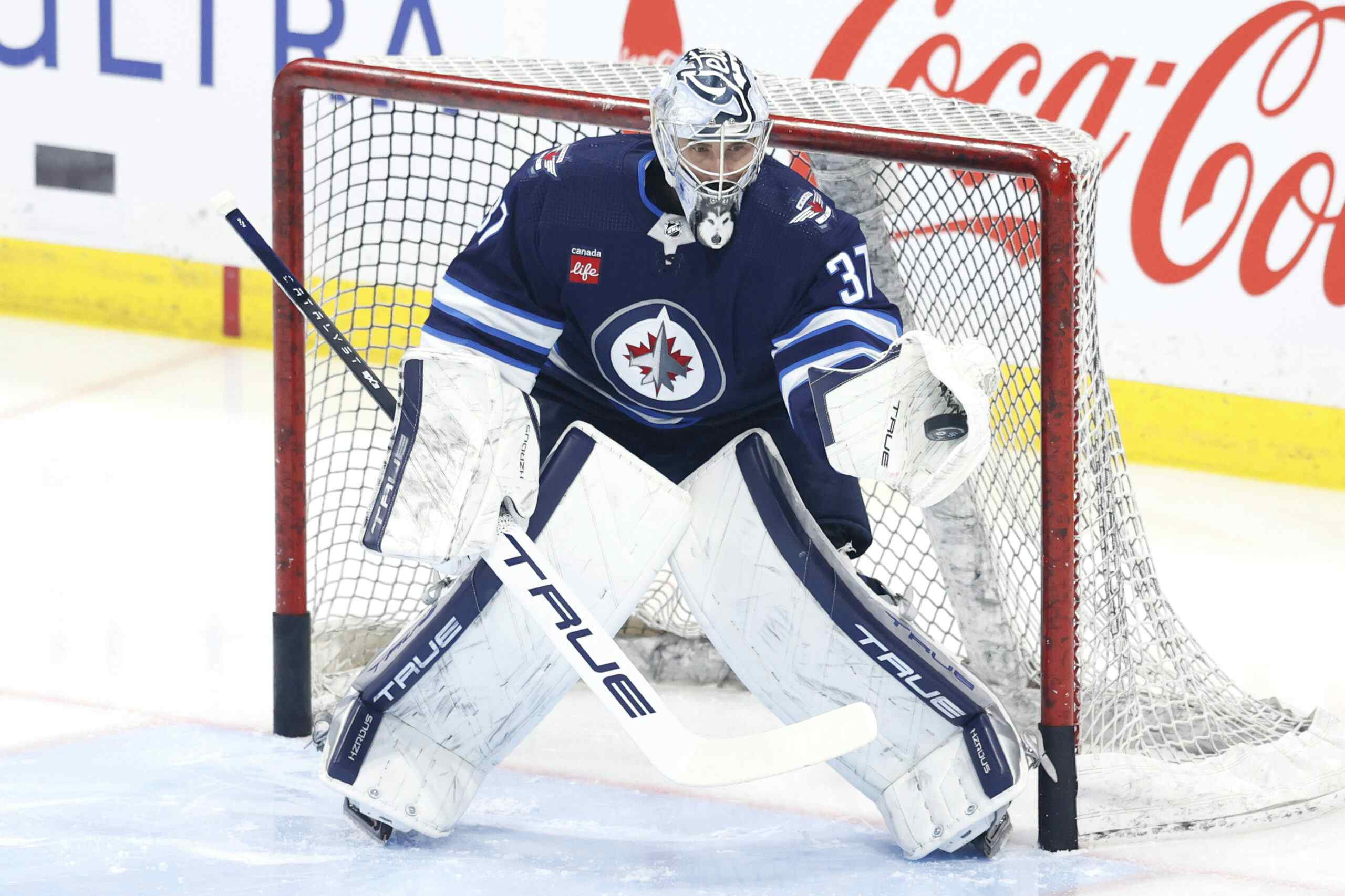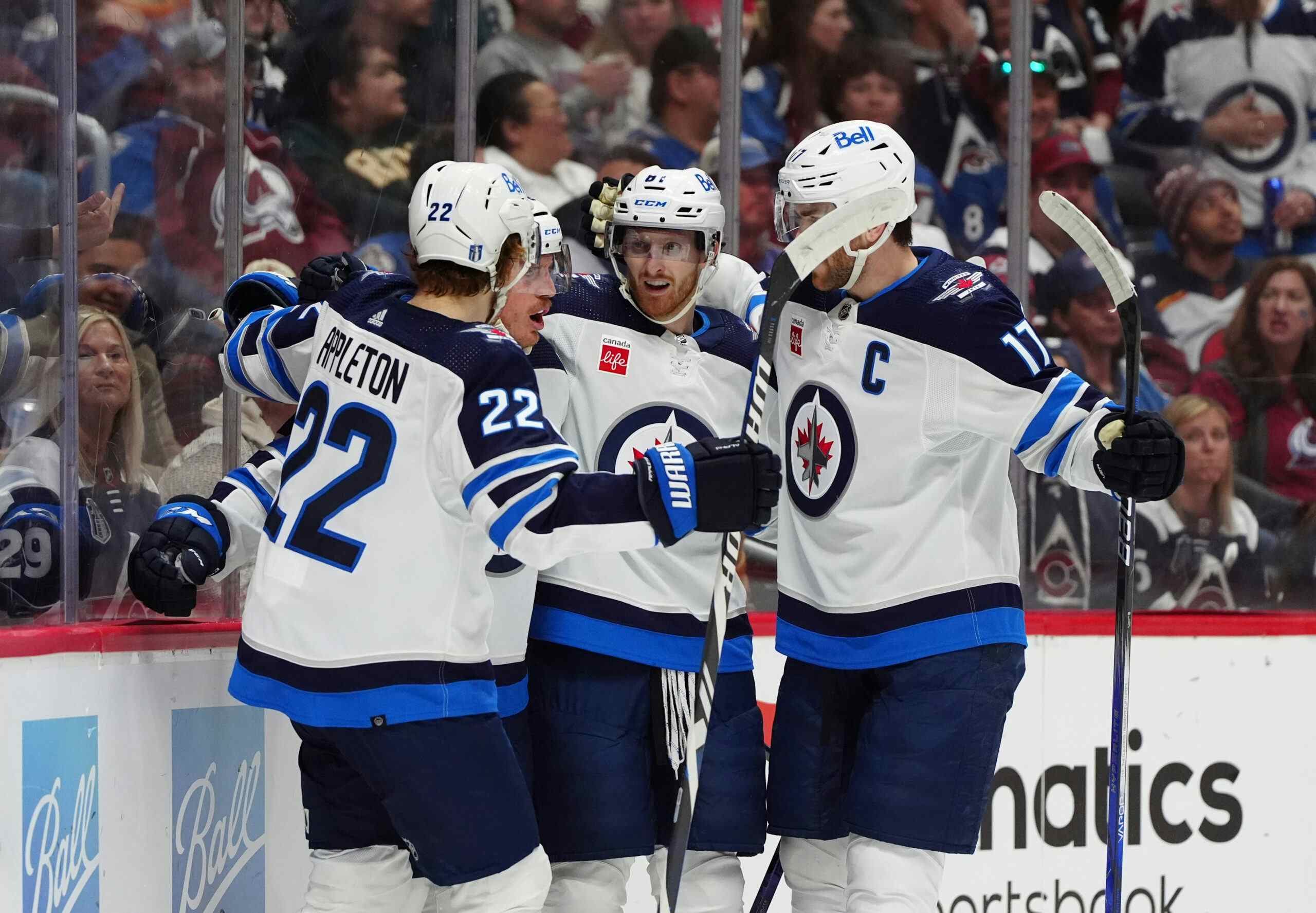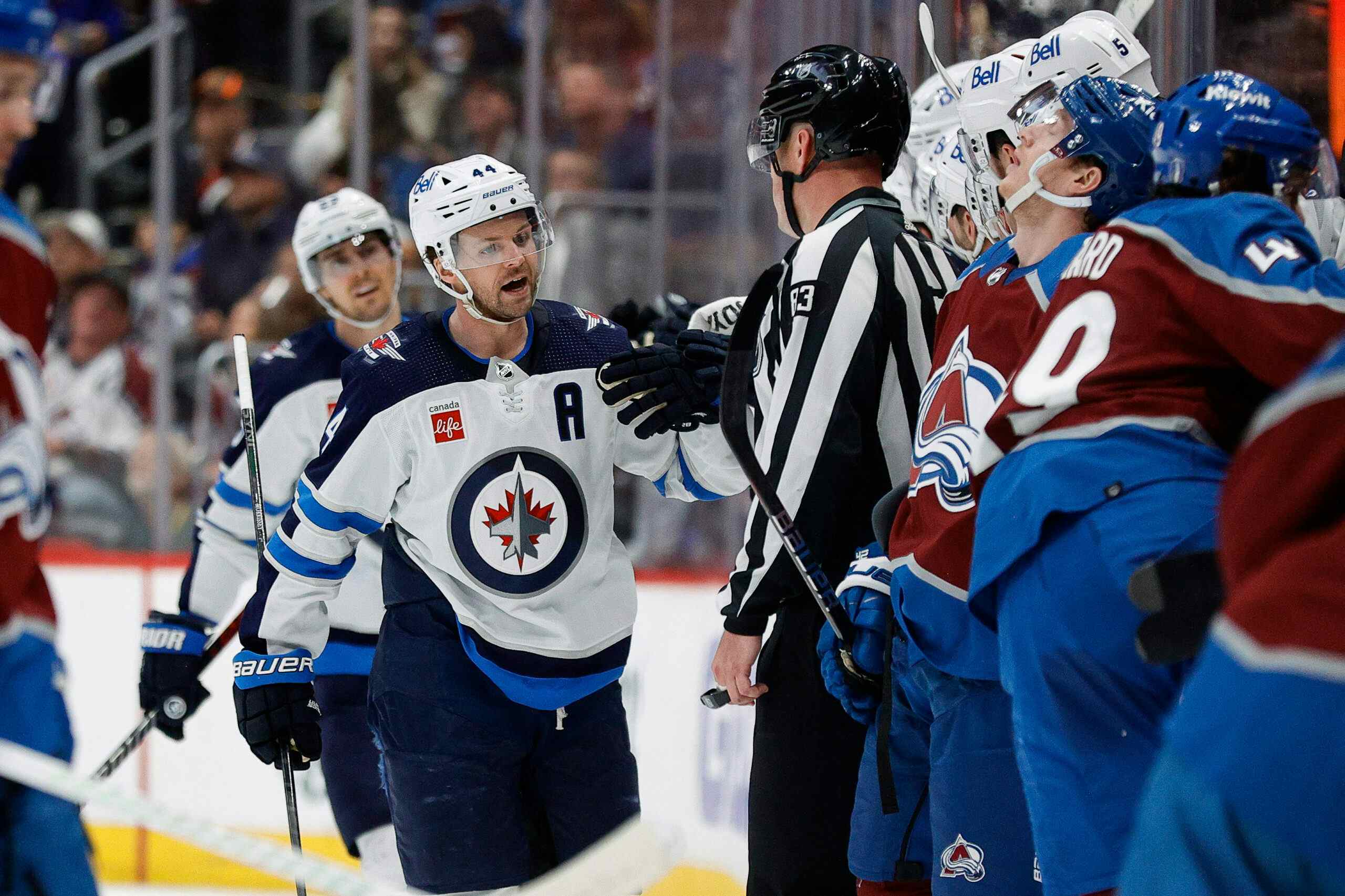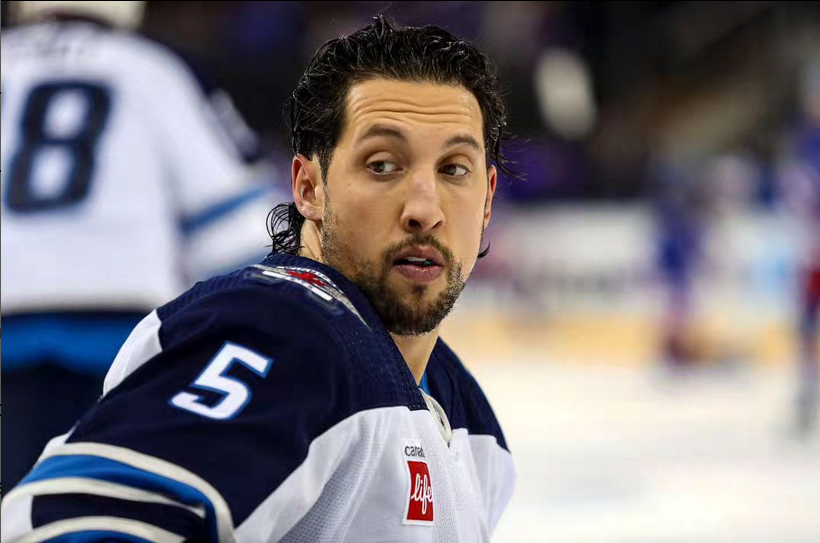Kevin Cheveldayoff, RFAs, and Arbitration

Cam Charron wrote a very thoughtful article yesterday about the role the shrinking cap played in giving RFAs with arbitration rights more leverage than usual this past off-season. He talks about how Nonis did well with Franson and Kadri (who could not / did not file for arbitration), while doing poorly in a relative sense with Bernier, Fraser, and Gunnarsson. Had those players been awarded inflated 1-year deals, Charron reasons, the team cap structure would have been even worse off, and Nonis knew that.
It made me reflect on the situation between the Jets and the Arbitration 5 this off-season. Were Cheveldayoff’s hands tied by a coming cap crunch? Was he doing his GM’ly duties on a level this blogger failed to even comprehend? But also – what are Cheveldayoff’s patterns, and what can we learn from them?
In fairness to Cam – his thoughtful article was also an exercise in self-reflection toward understanding our own limitations as analysts and writers. I won’t do that part of his article justice in the words to follow.
It was the Summer of 2013…
I’ve written a lot about the various sides of the Summer of Chevy. I wrote that I expected the Big 3 (Wheeler, Little, Bogosian) to come in at close to $15M, and for Postma and Tangradi to add another $1.5M. Today we can say the Big 3 bundle price was $15.442M, and the Little Dippers a total of $1.387M. But I was also critical of that number, noting that every deal was full-value and, as a result, none of the five have very much chance of out-performing their deals. I called it a high-risk, low-reward summer.
Charron’s article gave me a moment of pause as I considered the possibility that Cheveldayoff was simply more constrained than I had considered. After all, he got a two-year extension before his contract was even up, and players on the team sung his praises.
I had some immediate, subjective thoughts on the matter (as well as a bit of acid reflux), so I decided to look at Cheveldayoff’s record with RFA’s more holistically.
Restricted Free Agent Signings
I had to do most of this research the old-fashioned way (well, like, 2007 old fashioned – file cabinets were still hilariously obsolete), so if I’ve made a mistake on any of these contracts or contracting rights, let me know in the comments.
It’s important to remember that players with arbitration rights genuinely have more leverage in negotiations and, as that right is earned through years of service, salaries can reasonably be expected to be larger. In looking at this, I hoped to find a pattern, but what are most evident are the lack of homegrown talent and the reason Cheveldayoff is so liked by his players.
How Cheveldayoff Deals with RFA’s With Arbitration Rights
It’s obvious that Chevy prefers to avoid arbitration. It’s obvious because he throws money at anyone who has the right to it. There are hits and misses among the deals, but arbitration rights clearly inflates the value of his contracts, including adding dollars to the AHL side of two-way contracts for the same players year-over-year. It’s hard to imagine that Ben Maxwell’s 2011 season (25 pts in 43 games, and a 4th worst -7 on +24 team) earned him a raise, and yet… As well, Machacek doubled his AHL money, Kulda got a one-way deal, and now both have been flushed from the organization. Even Brett Festerling got a raise after a year in which he scored 16 points and went -14 for four different teams over the course of just 54 games.
On the good side of the ledger, no one can complain about Andrew Ladd’s contract, which has both proven to be a value deal for the team and bought four of his unrestricted years. On the other hand, Pavelec used not only his arbitration rights but also a rumoured deal in the KHL to convince Cheveldayoff to give him the worst contract currently on the books (didn’t anyone tell Pav there are no taxes in Russia?! So close…).
We can safely say that Cheveldayoff is not playing hardball with RFAs who have the right to file for arbitration.
The key to Charron’s analysis, though, is the realization that Nonis extracts value from RFAs without arbitration rights extremely well. How does Cheveldayoff do in that department?
How Cheveldayoff Deals with RFA’s Without Arbitration Rights
There is a smaller group of these contracts to consider, and really only three major ones. In one case, he gave a bridge deal to a struggling high-round pick who had been rushed into the NHL and suffered a slew of injuries during his ELC. In a second, he locked up what might be the franchise’s best player for a fairly reasonable contract given his pedigree and 30 goal 2011/12 season. Still, it came just days before the 2012 lockout was to begin and buys zero UFA years. In essence, it’s another full-value deal for Kane. The final major RFA signing of this type is, of course, a non-signing. The team was rumoured to have played brief hardball with the young Russian while also trying to find a reasonable trade option. Gary Lawless wrote the jinxing words. "[W]ith no arbitration rights Burmistrov has little leverage other than hoping for an offer sheet from another NHL club or departing for the KHL."
The outcomes are not especially inspiring, but we can give Cheveldayoff credit for squeezing this group a little harder, as the CBA is designed to let managers do.
Photo by Magic Mittens
What We Learned
I think the real take away is actually a powerful addition to Charron’s analysis of Nonis. Yes, Nonis squeezed enough value out of Franson and Kadri to keep Kulemin (and other roster players) on the team. But Cheveldayoff also squeezed this group (less out of necessity, given the team’s internal budget) and we have the value of hindsight to see how that has turned out a couple years down the road.
By giving Bogosian a bridge contract, the team is now paying full value for his services for the next several years, over which time cap concerns will become more of a concern than they were when the bridge contract was inked. In that way, the team is actually worse off to have structured the deals this way, though it’s hard to blame the GM for not knowing whether Bogosian would work out (it’s still a work in progress to some extent). Kadri’s offence has been shown to be percentage driven to some extent last year, but should he manage to score well over the life of his bridge deal, he will command an incredible salary (just as Bogosian did). Not an unfair salary, mind you. Just a large one on a team with a few large deals for less than super-star players.
Burmistrov was a worst case scenario, but Franson (even if meekly and transparently) threatened Europe during negotiations as well, and could hammer the team in arbitration next season if he continues to perform well. In that way, a one year, low-dollars deal keeps the team together this year but that squeeze tactic remains a question mark for the future.
Finally, Kane offers the opposite approach. What seemed like a tumultuous relationship before the contract – with rumours of everything from not tipping at restaurants to being hard to coach to being black following him around – has been soothed somehow. Kane was even at the Rookie Development camp, helping the coaches and supporting the players. He’s a cornerstone player and even his media struggles have disappeared since the franchise player signed the franchise contract. Anyone who wants Kadri to be a Leaf long-term should be excited about that alone.
I would never pretend that giving $30M to players to make the media be nicer is a sound management strategy. All I mean to say is that Cheveldayoff is giving Nonis a glimpse into the future. Squeezing your RFAs who don’t have arbitration rights to pay the ones who do has consequences beyond a single season, and perhaps even beyond cap management. We may be revisiting this summer as the catalyst to a much longer disintegration.
Recent articles from Kevin McCartney






